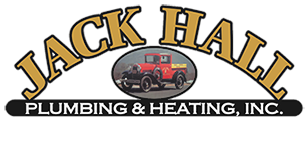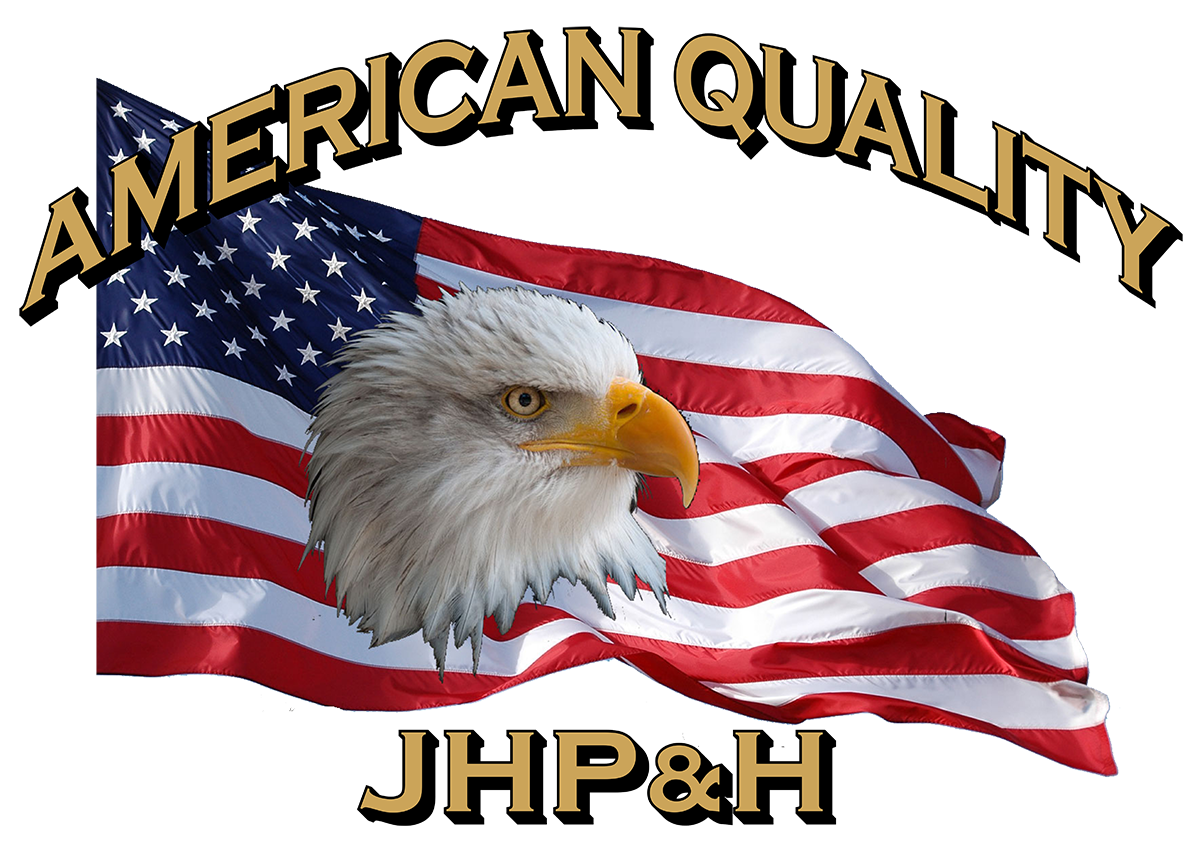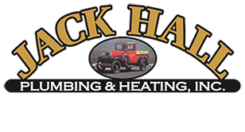Plumbing Lingo - Sewer and Drain Terms You Should Know
For most homeowners, when it comes to our plumbing, it’s not something we think about much until there’s a leak, clog, or a backup.
When you have a plumbing issue or emergency, the Jack Hall Plumbing & Heating team can quickly handle repairs and replacements from the drains to the sewer connection and everything in between. But we also want you to better understand what caused a plumbing problem and how our licensed plumbers plan to fix it.
That’s why we’ve compiled this collection of standard drain and sewer terms for property owners to refer to when they have questions about plumbing. We think it’s a great resource to help people understand a detailed estimate, ensure clearer communication with the Jack Hall staff, and enable customers to learn how to spot and describe potential issues with their plumbing.
Sewer Main: A principal pipe that carries sewage from the home to the public sewer or septic tanks. All the drains in your home flow into the sewer main, which makes it the foundation of your drainage system.
Vent Pipe: This part of a plumbing system, you’ll usually see the vents sticking out of your roof, prevents back pressure from clogging your drainage system. Vent pipes disperse harmful gases, but their main job is to bring air into the pipes. Without air to equalize the pressure, suction would slow down or even stop the flow rate in your pipes.
Sewer Cleanout: A sewer cleanout is a pipe with a cap that gives plumbers access to a sewer line so blockages can be “cleaned out.”. The cleanout is generally found along the lateral sewer line. They are often sealed with a threaded plug with a square nut and outdoor cleanouts may be labeled S, C.O., or cleanout. Inside, the cleanout is relatively easy to find with a T- or Y-shaped pipe fitting.
Sump Pump: A sump pump removes water from outside the home that finds its way into basement or crawl space, preventing potential water damage. It works by collecting the water in a pit, called the sump, and then pumping it through a discharge pipe to the sewer.
House Trap: If you look under your sink, you’ll see a U-shaped bend in the pipe where it flows upwards for a few inches before draining. This is the “trap,” and its design keeps it full of water to block, or trap, the passage of air, smelly sewer gasses, and even pests from drains in the bathroom, kitchen, or laundry room.
PEX Tubing: In new construction and residential applications, PEX tubing is generally used more than copper tubing. That’s because PEX is flexible, easy to work with, and much less expensive than copper or steel. PEX can also be tied into existing copper plumbing.
Sanitary Tee: These plumbing fittings are used for waste lines where sanitation is the primary concern. Shaped like a “T,” these fittings tie a new pipe into the middle of an existing one. Waste lines aren’t pressurized, so the inlet port of a sanitary tee has a curve in the direction of flow to keep water moving the right way.
Gray/Black Water: Gray water is created by sinks, tubs/showers, dishwashers and washing machines. When it goes down the drain gray water has impurities from soap, grease, food, etc. Black water is from toilets and it’s potentially full of pathogens which is why it always flows directly into the sewer system.
T & P Valve: You’ll find a temperature and pressure relief valve on top of your hot water heater tank. This safety device is a brass fitting that opens to relieve pressure that can build up if the water gets too hot, preventing an explosion.
Water Hammer: This isn’t a cool tool plumbers get to use. Water hammer is a loud noise that can result from too much pressure in the pipes. It happens when water that’s under pressure inside a pipe quickly reverses course, causing it to push violently against the pipe, creating a loud banging noise.
Drains: The average house can have around 24 drains or more. Most people know their drains from fixtures such as sinks, toilets, showers/tubs, and appliances such as dishwashers and washing machines. But your home also has drains tied to fixtures, including French drains, perimeter drains, slope drains, floor drains, and more.
Snake: When a plumber talks about using a “snake” to unclog a drain, what they’re really talking about is an “auger.” These long, coiled tools come in various sizes, including sink augers, drum augers (for toilets), and a motorized, super-long sewer auger for attacking big clogs.
If you have an urgent plumbing emergency, need a new water heater installed, or have a leaky pipe that requires repair, the Jack Hall Plumbing & Heating team is ready to quickly answer your call. No job is too big or too small! Our licensed plumbers do top-notch work for customers in Glens Falls, Queensbury, Schuylerville, Saratoga, and Lake George. Call us for an estimate at 1-518-792-7114 or contact us online today!


